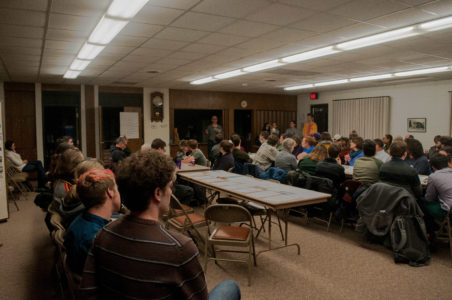
Editor’s Note: The previous version of this article stated that the country convention will take place in Grinnell, but it will actually take place in Malcolm, IA. Also, not all members of the Glasson group left after delegates were selected.
Bitter temperatures and even five inches of snow were no deterrent to attendance of the Democratic Caucus for Grinnell’s First Ward, held at the First Presbyterian Church on Monday night. The event was a reminder of the upcoming 2018 midterm elections, in which residents of Grinnell will help choose not only a governor, but also state legislators and federal representatives.
The political backdrop to the Feb. 5 caucus was stark for democrats, who face Republicans in both the White House and the Governor’s Mansion, as well as GOP majorities in both houses at both the state and federal levels. Despite this challenging environment, recent democratic victories in Alabama, Missouri and other states do bode well for Democratic candidates in general. Even in a state where Donald Trump defeated Hillary Clinton by a 10-point margin, Democrats maintain hope of victory at multiple levels. Republicans, meanwhile, hope to maintain or expand their majorities, and are confident in incumbent governor Kim Reynolds.
Before the parties begin to compete against each other, though, each party must select its candidate. In Iowa, this process begins with local caucuses — essentially meetings during which local party members express their preferences for candidates up and down the ballot. To take part in the process in Grinnell’s first ward, which includes the College, 88 constituents attended, debating candidates and positions, and finally choosing delegates for the county convention later this spring.
The caucus began with preliminaries delivered by Poweshiek County Democratic Party co-chair John Grennan, who called the meeting to order and read from a letter by Iowa Democratic Party Chair Troy Price.
The goals, according to Price, are clear for Iowa democrats. “We have our work cut out for us this year: taking back the Iowa House and Senate, electing four democrats to Congress, … and — of course — putting a Democrat back in the Governor’s Office,” he wrote.
Price also emphasized unity, writing, “It is dedicated caucus-goers like you that represent what the Iowa Democratic Party is all about — people coming together from all different backgrounds to fight for our values.”
Unity, though, was far from omnipresent at the event. Cohesion began to deteriorate as participants considered whether to divide into preference groups — groupings of like-minded constituents who agree on a candidate to support.
The central purpose of the caucus is to select delegates for the county Democratic Convention on March 17. Caucuses may proceed in one of two ways. If all those present are generally in agreement regarding the goals of the precinct, then they may elect delegates from among the entire group. If, however, the group is divided on those to support, delegates are awarded to each group proportionally.
With seven declared gubernatorial candidates, the Iowa Democratic Party has many choices for the top of the ticket. The three apparent frontrunners are State Senator Nate Boulton, businessman Fred Hubbell and union leader Cathy Glasson. Supporters of Glasson, a group made up primarily of Grinnell students, were in favor of dividing the caucus by gubernatorial preference. After five minutes of spirited debate and vociferous opposition from a few party members, the Glasson group prevailed and gathered around to discuss their own candidate while others filed to another room to consider their options. The Glasson group numbered 51, while all other participants — a handful of students, and all local residents — numbering 37, remained undecided on a candidate for governor. After a brief reconciliation period during which members of both groups attempted to persuade others to join them, a single person joined the Glasson group, making the totals 52 and 36.
After selecting 14 delegates, many members of the Glasson group began to depart, leaving committee assignments and other party business to the older party members. In the end, the student constituency prevailed on the selection of delegates for the county convention, which will take place in Malcolm, IA on the first Saturday of spring break, March 17. The general election will take place on Nov. 6, 2018.
A simultaneous republican caucus was held at Grinnell Community Senior High School. Organizers could not be reached to provide information on the result by press time.
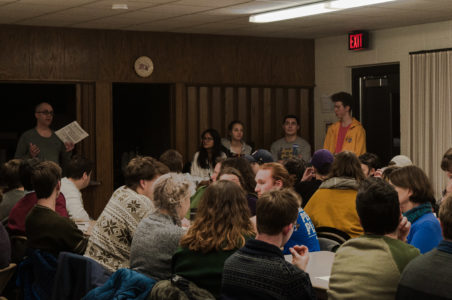
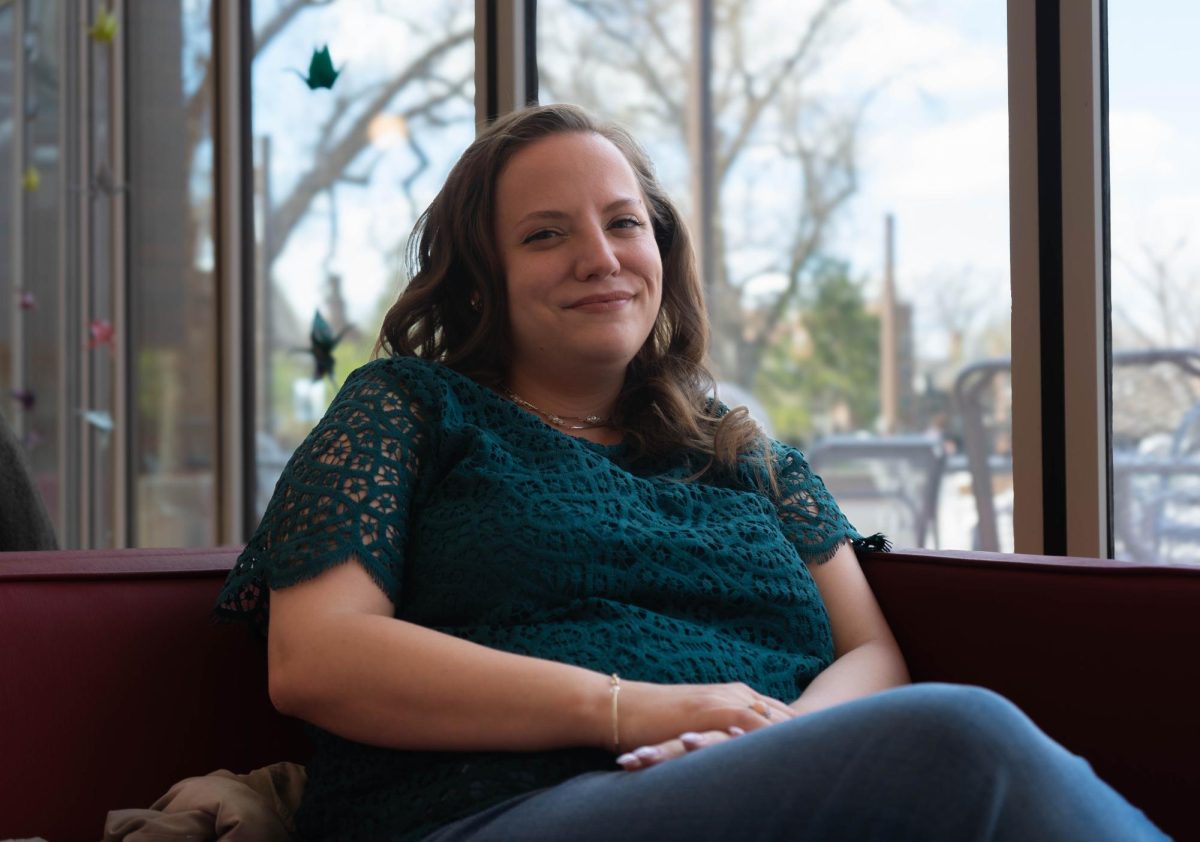

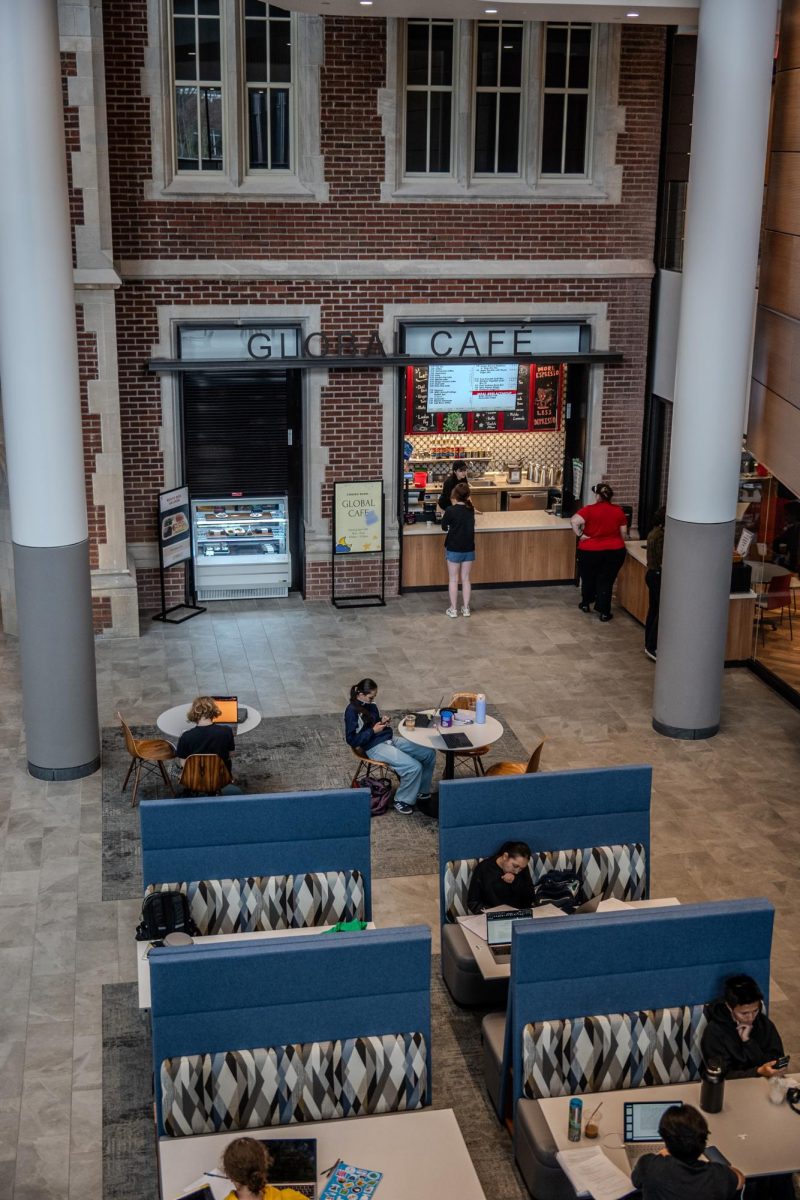
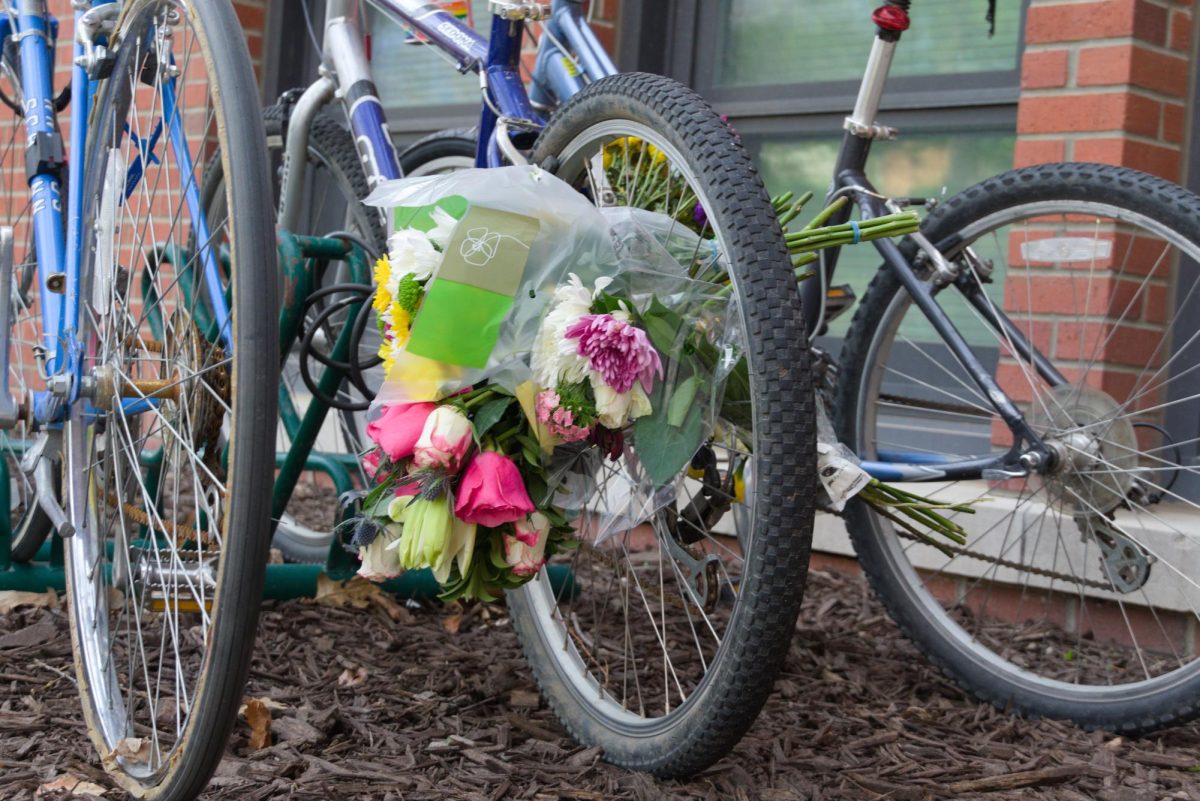
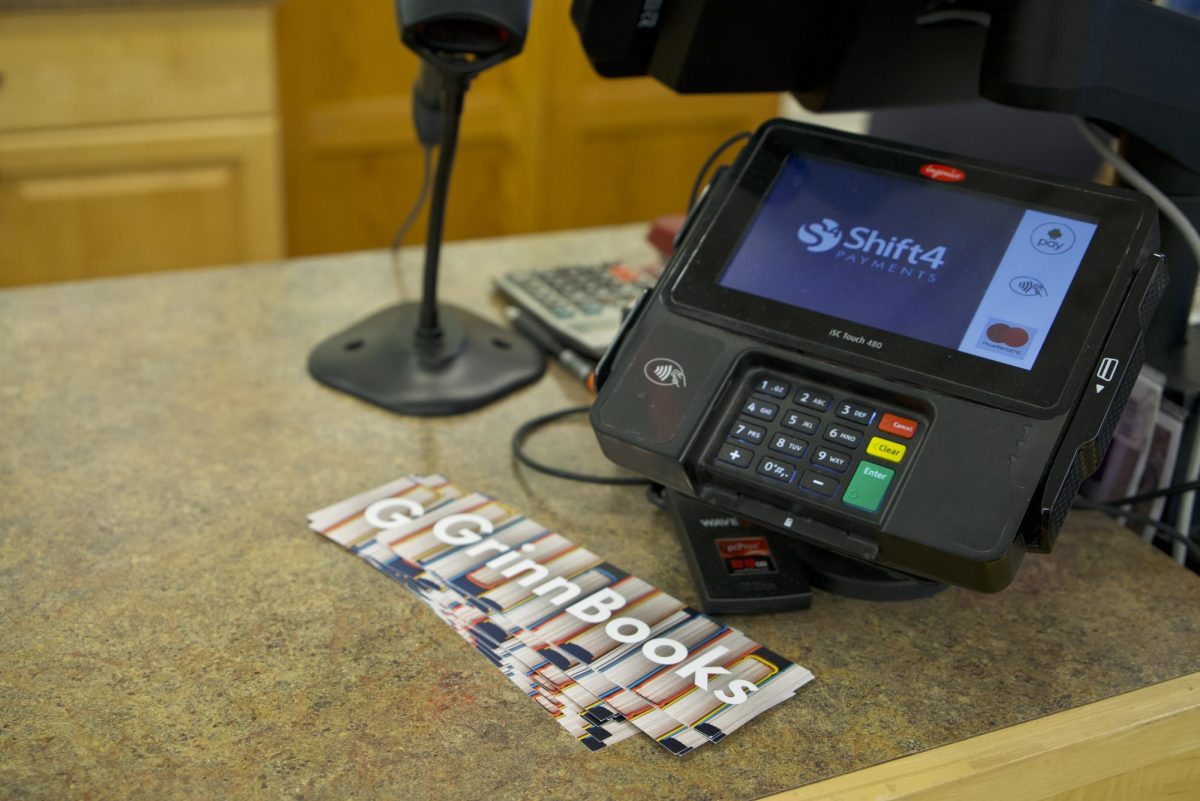
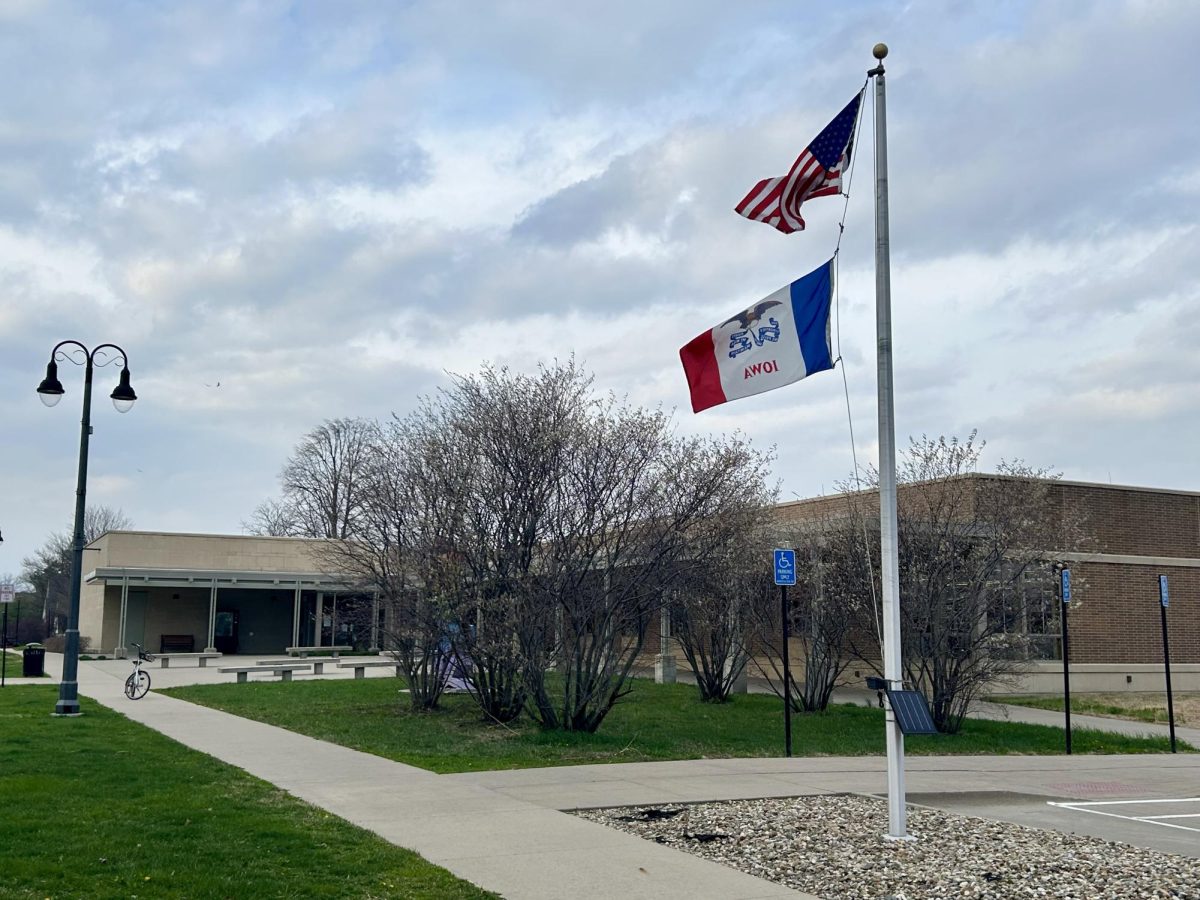

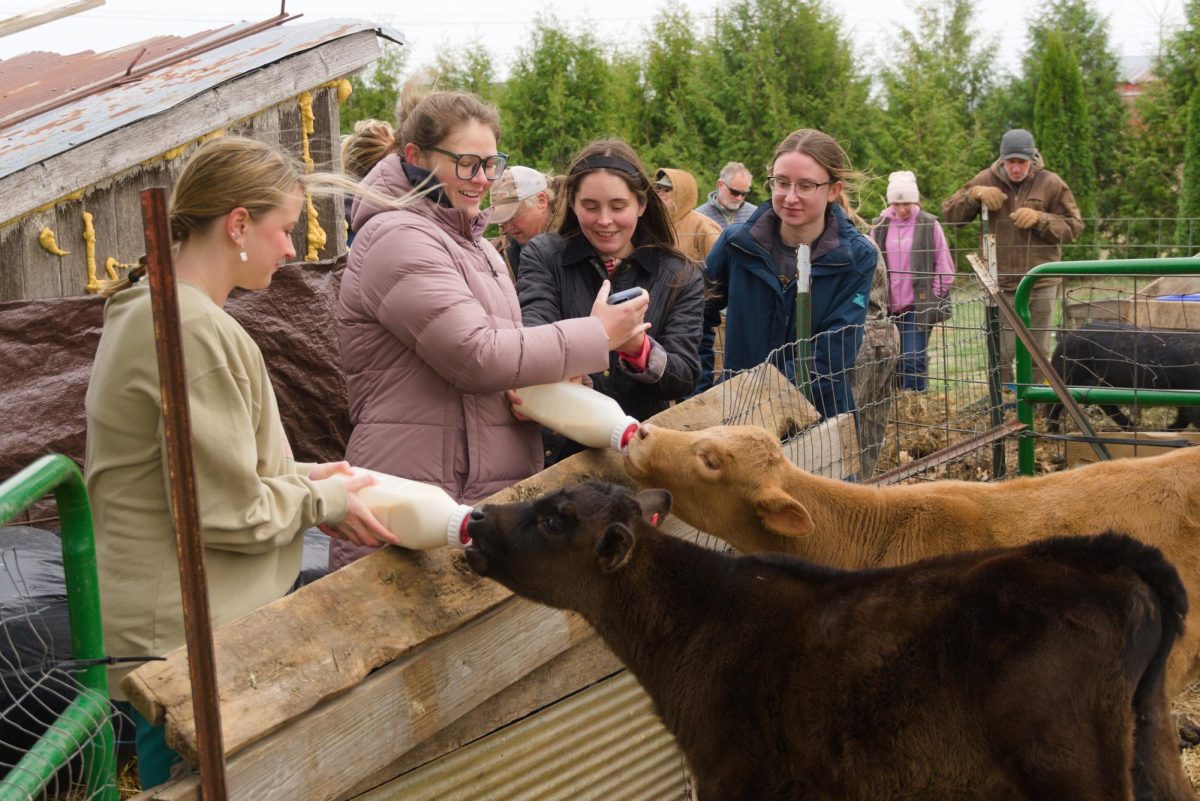
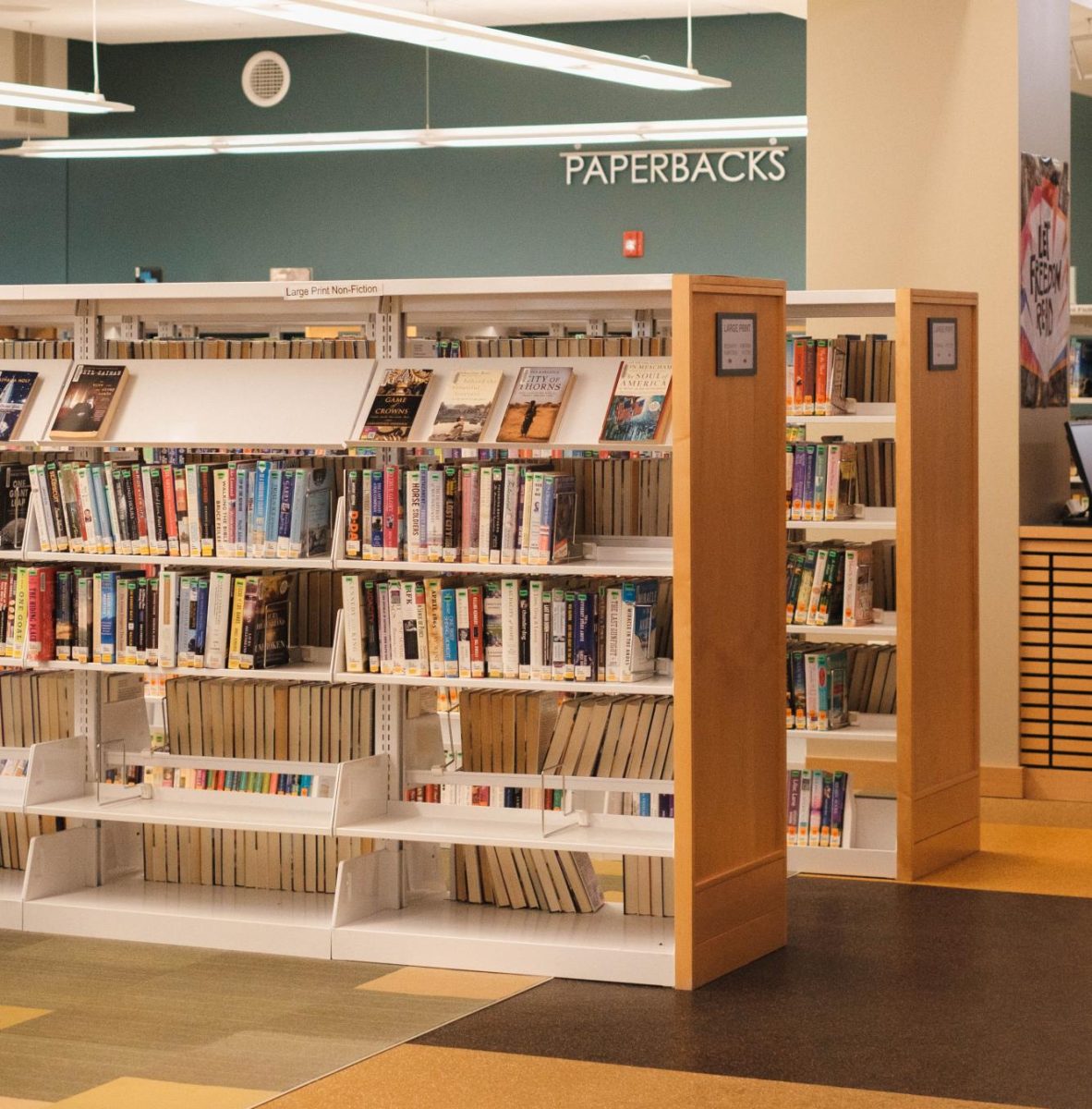
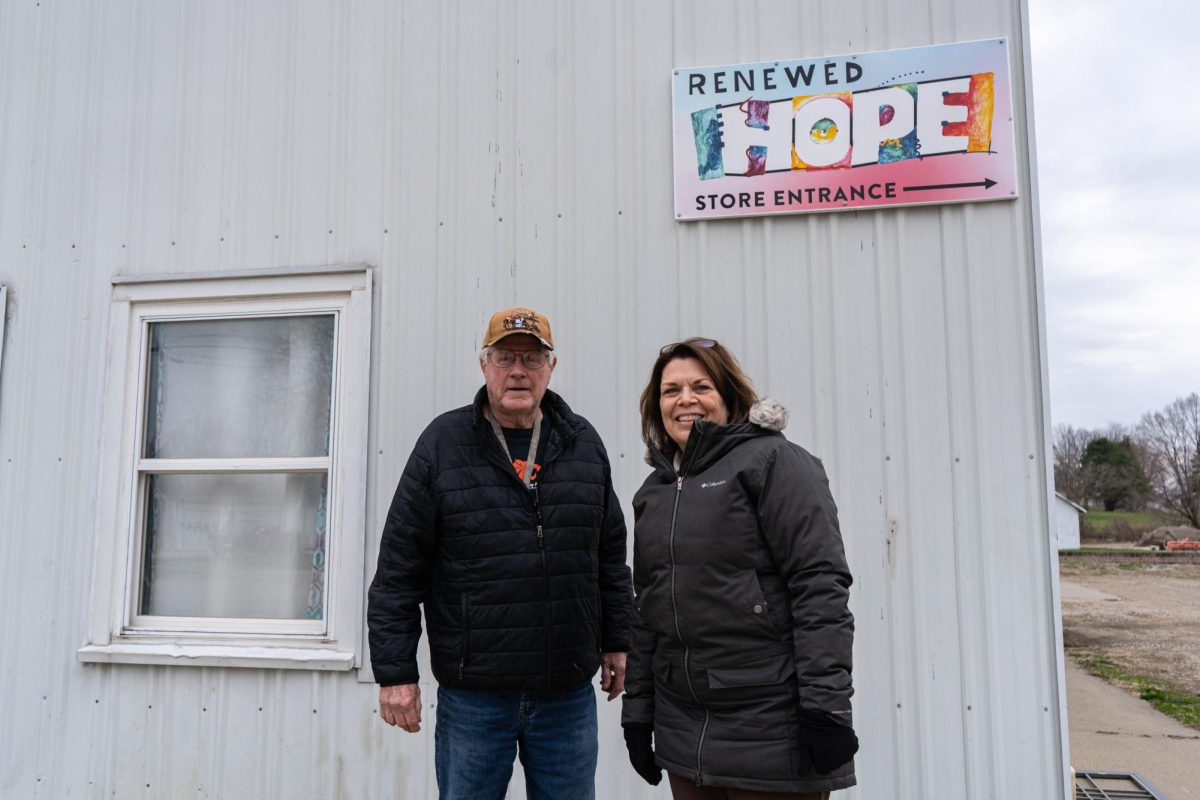



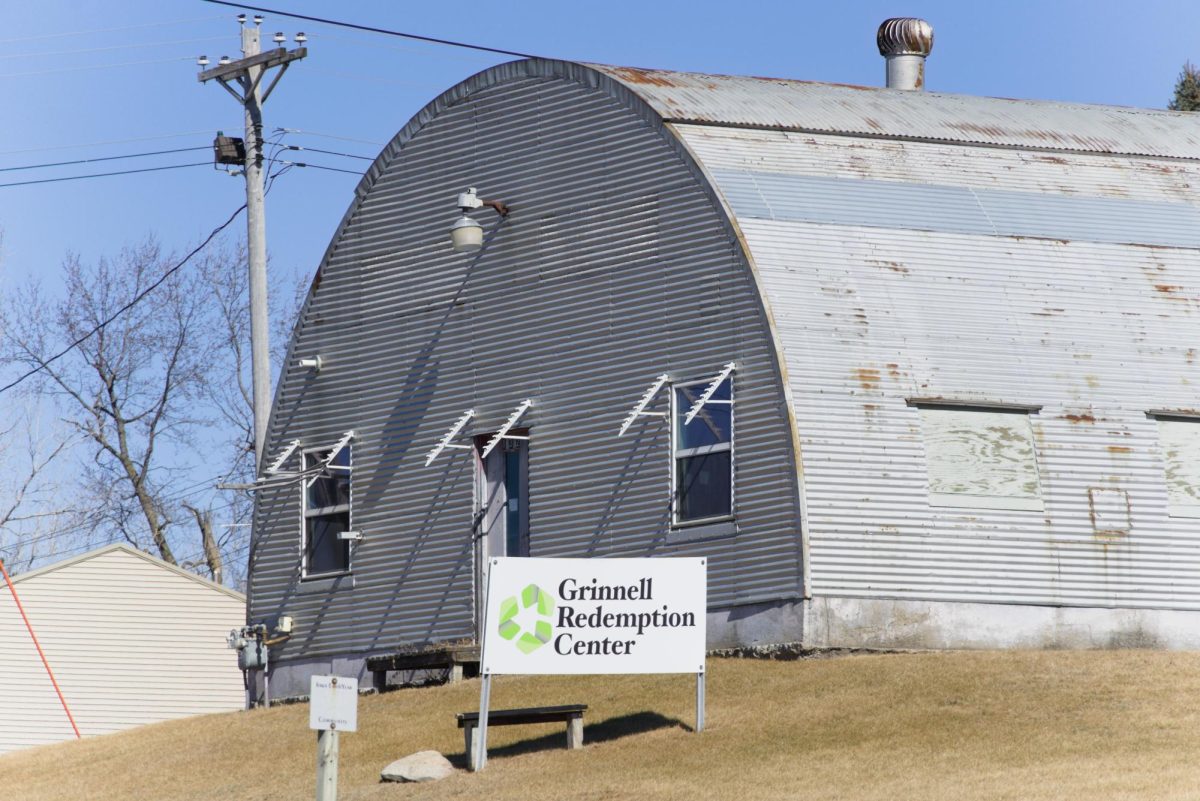
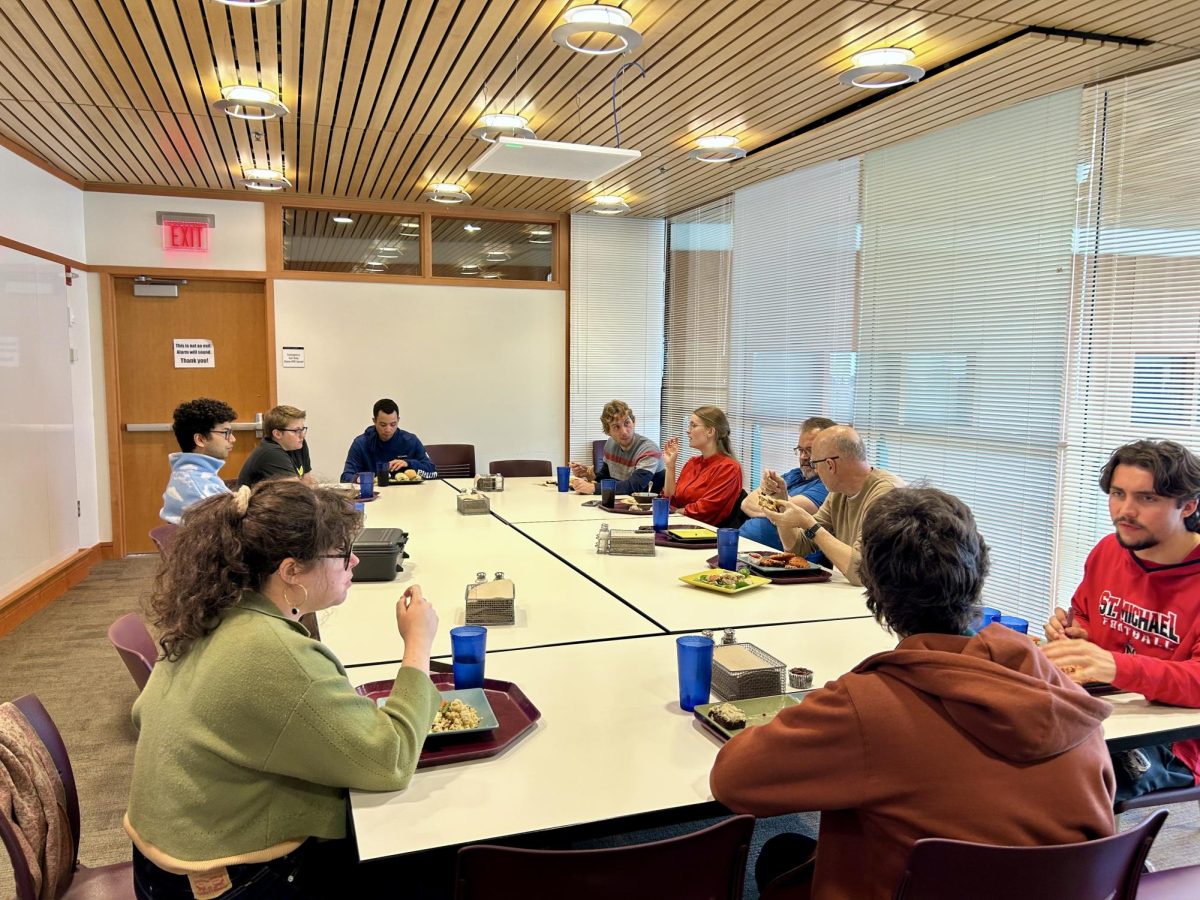

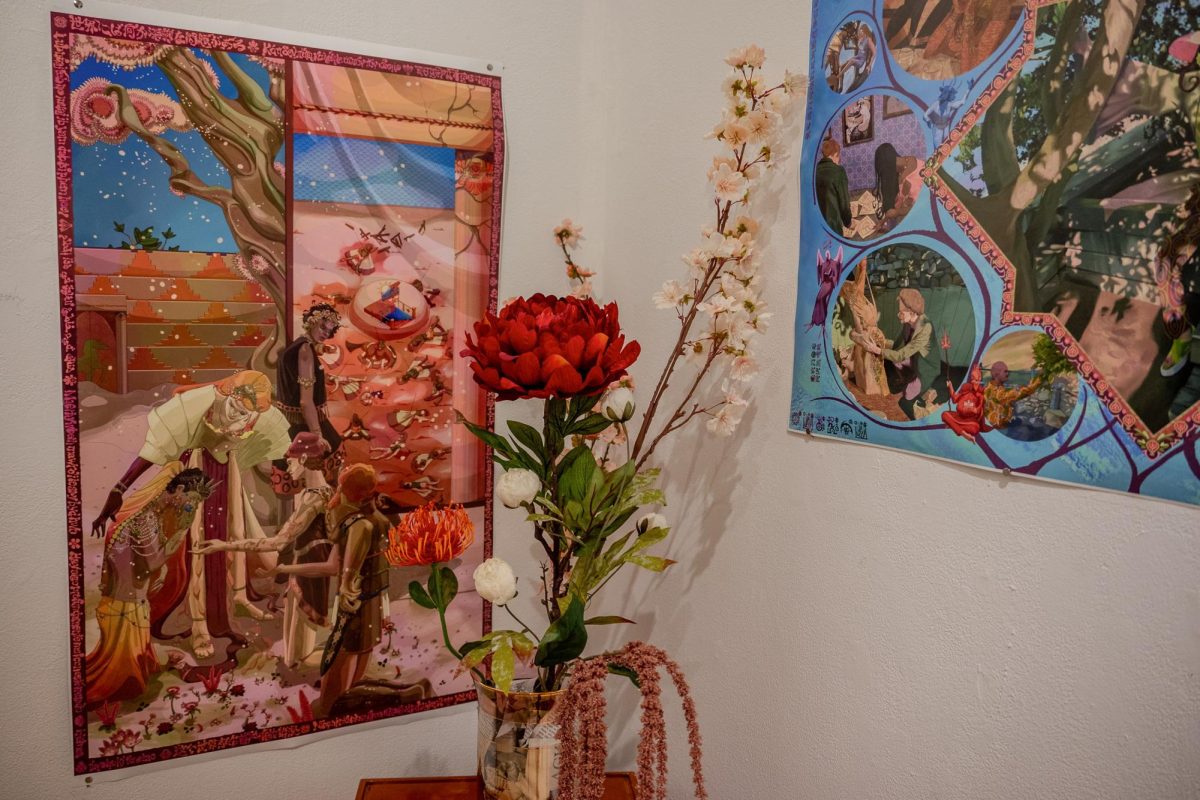
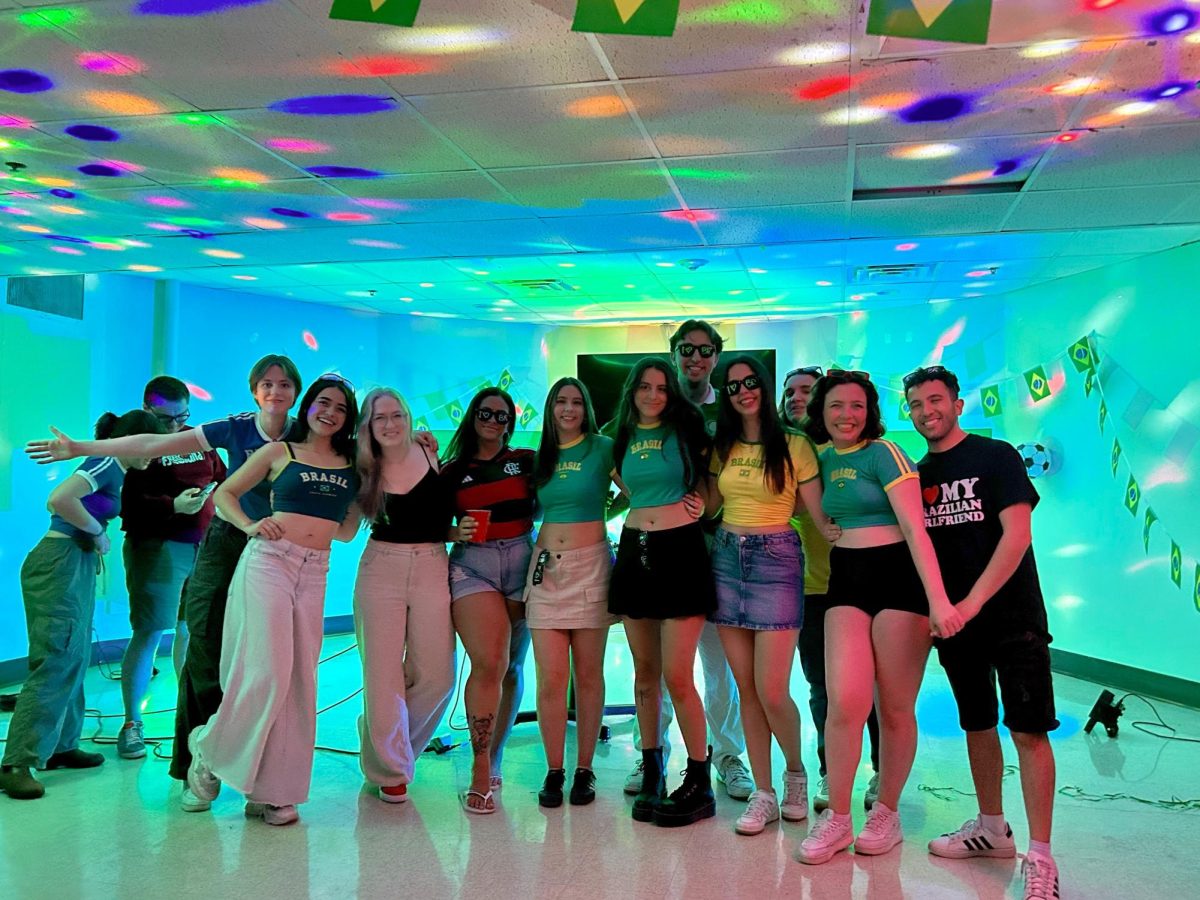
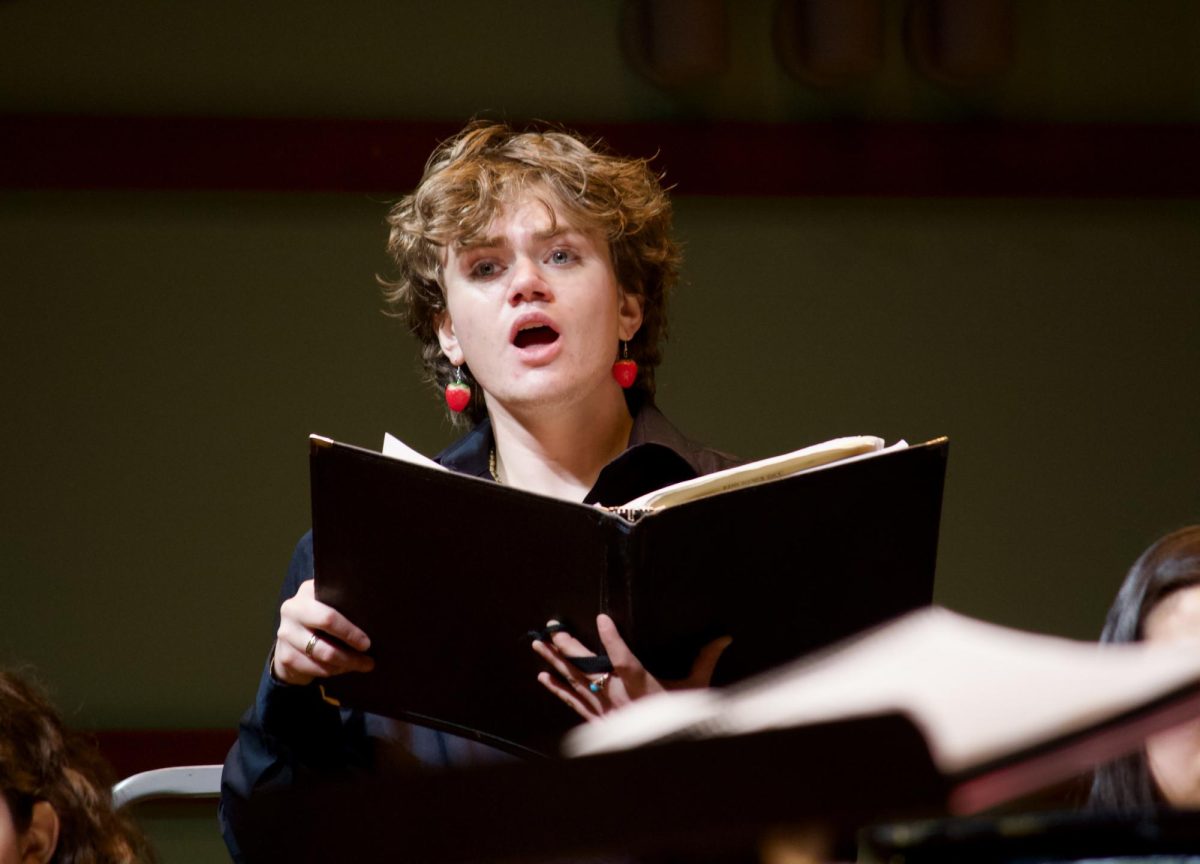

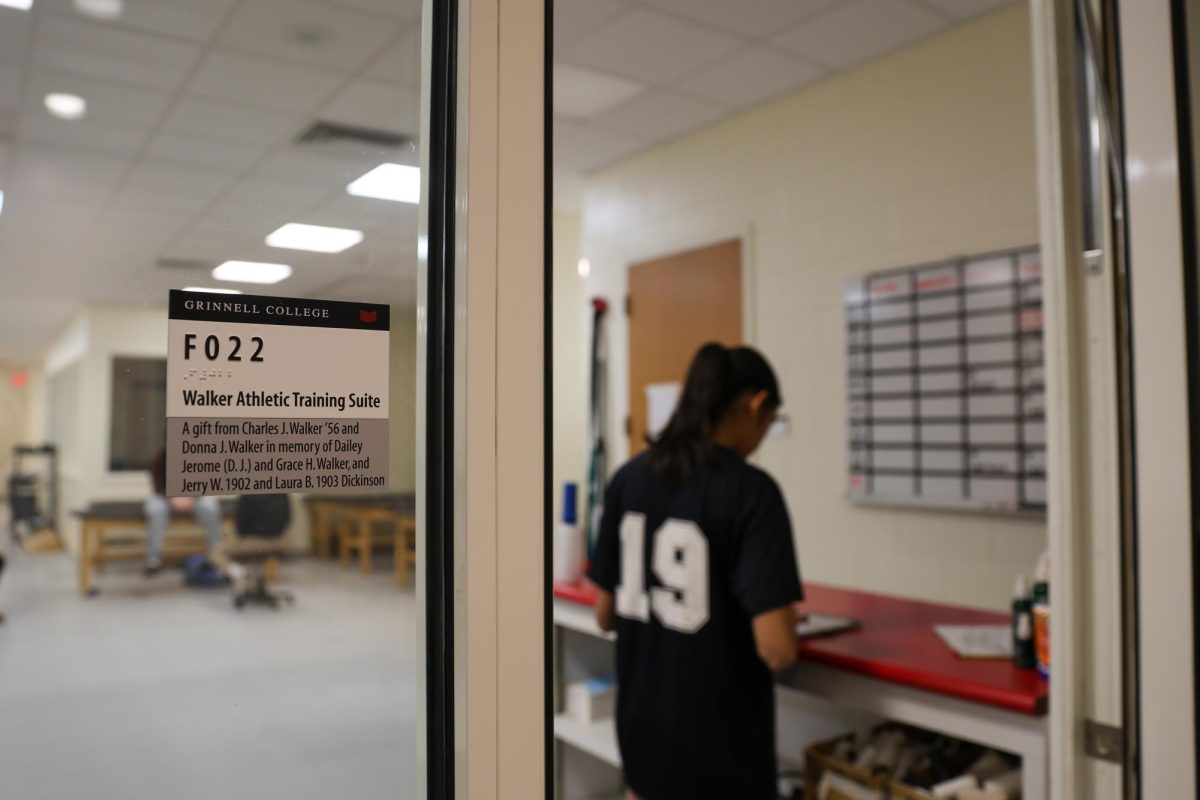
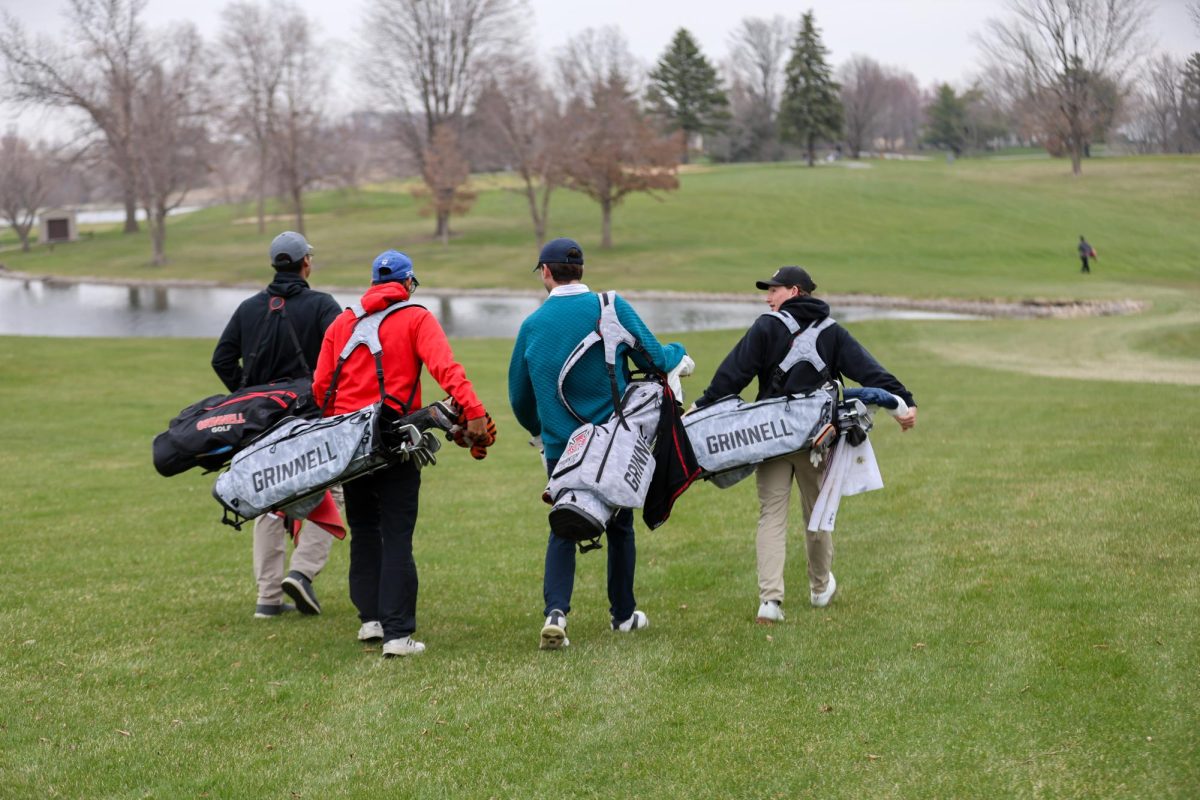
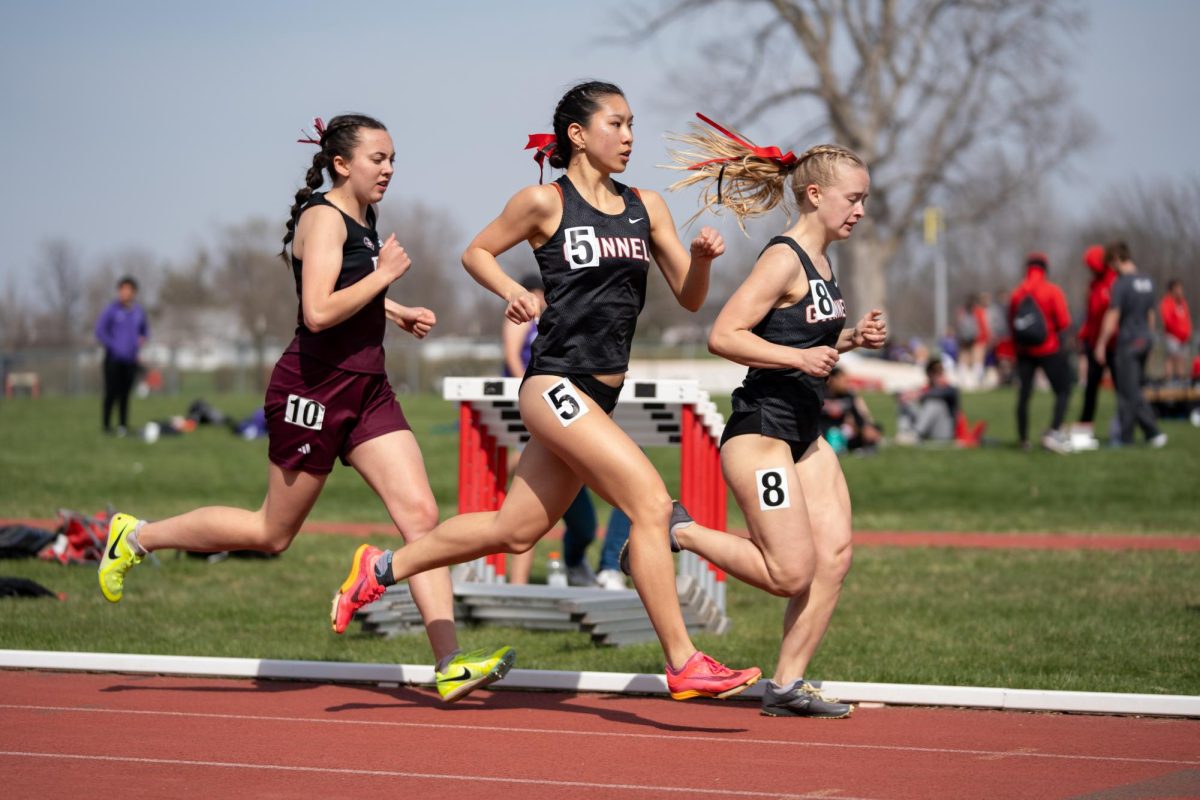

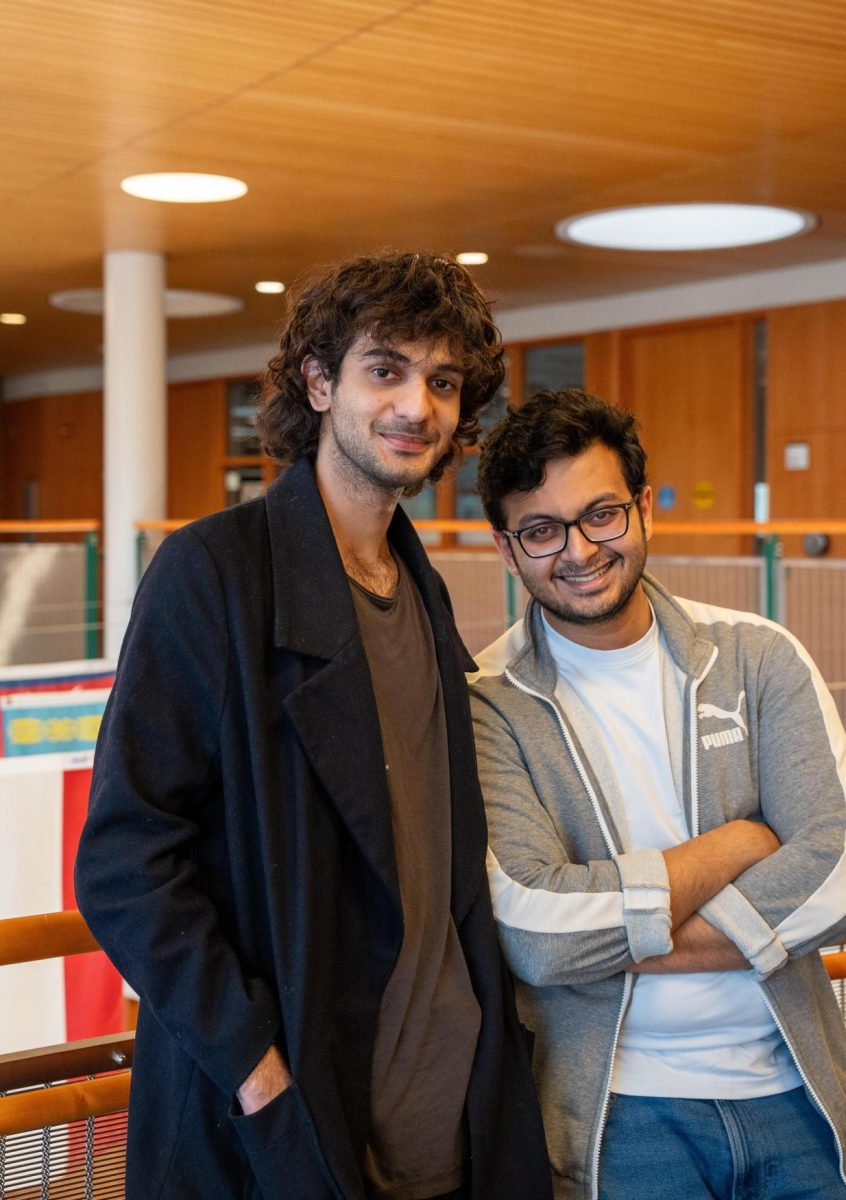
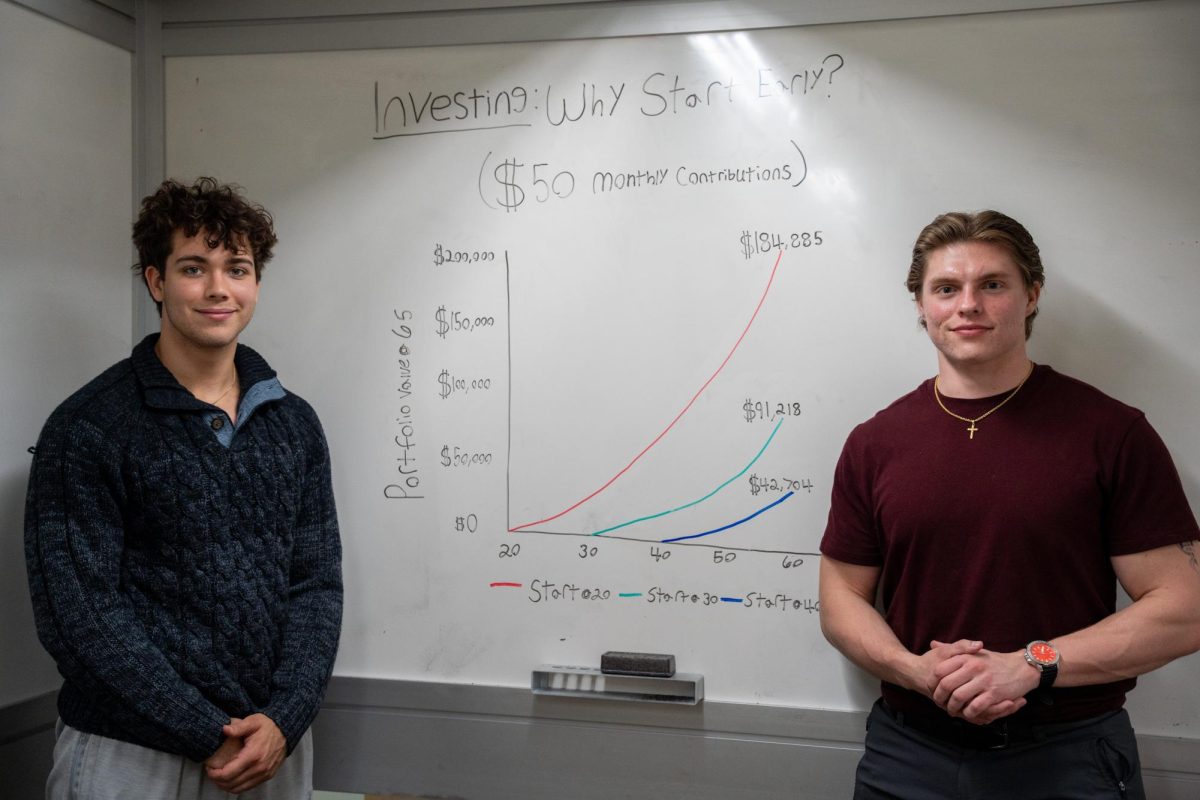
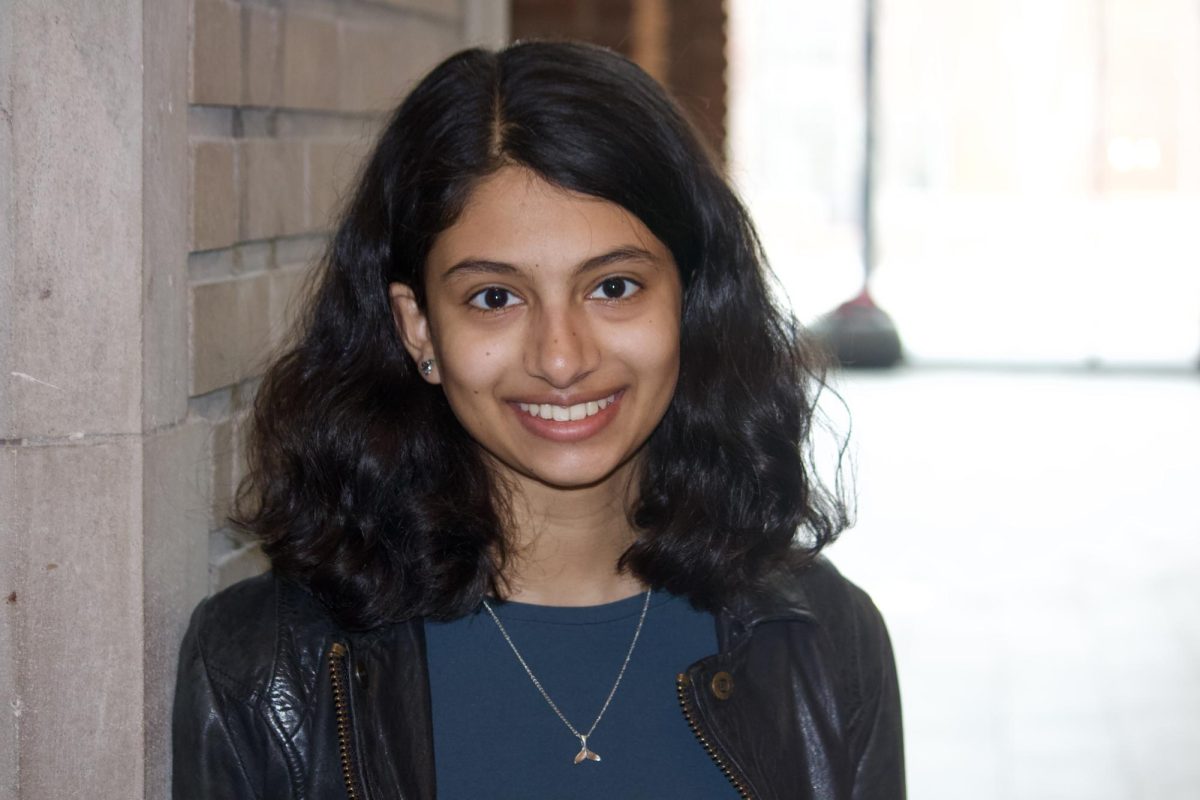
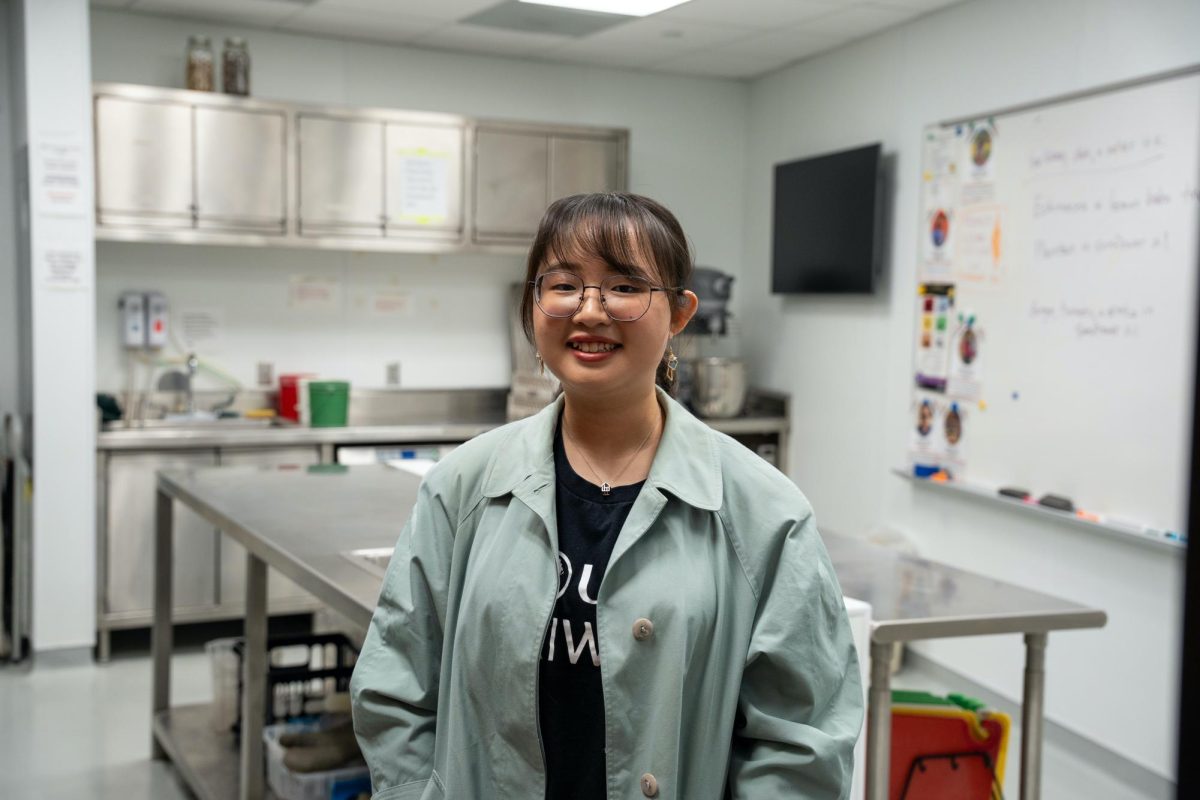
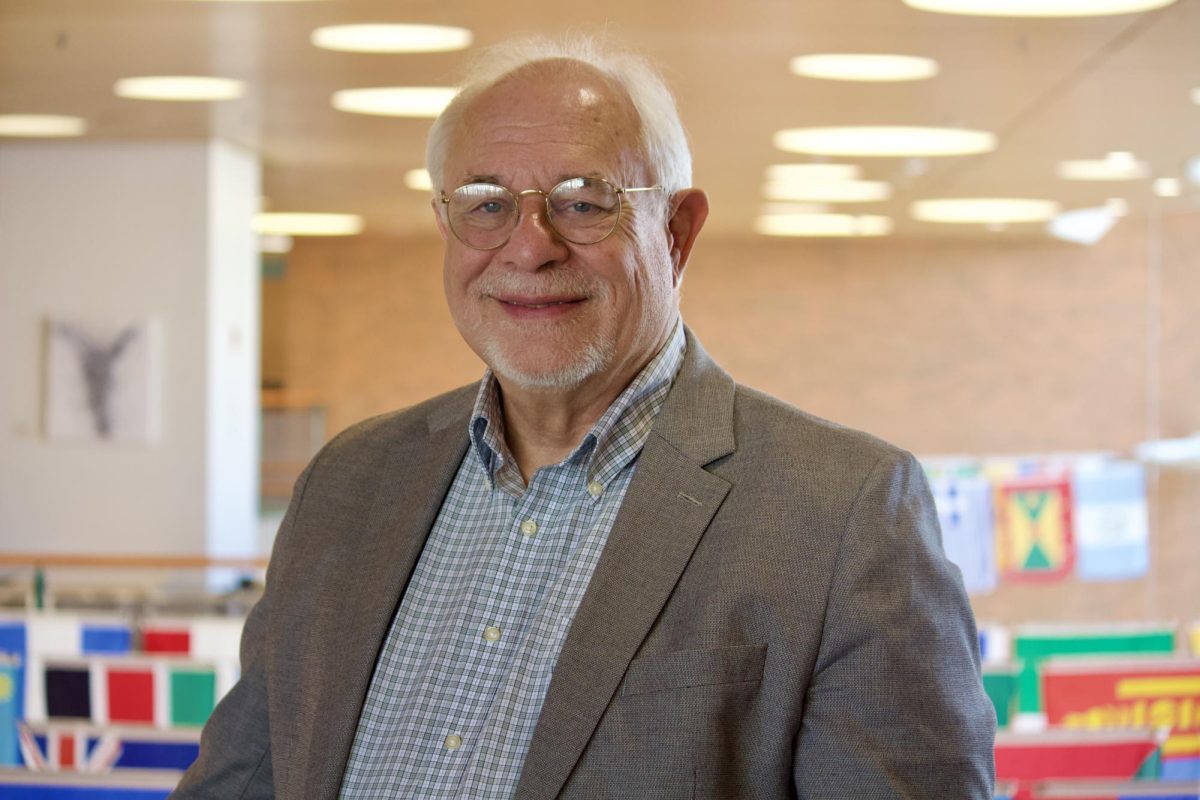












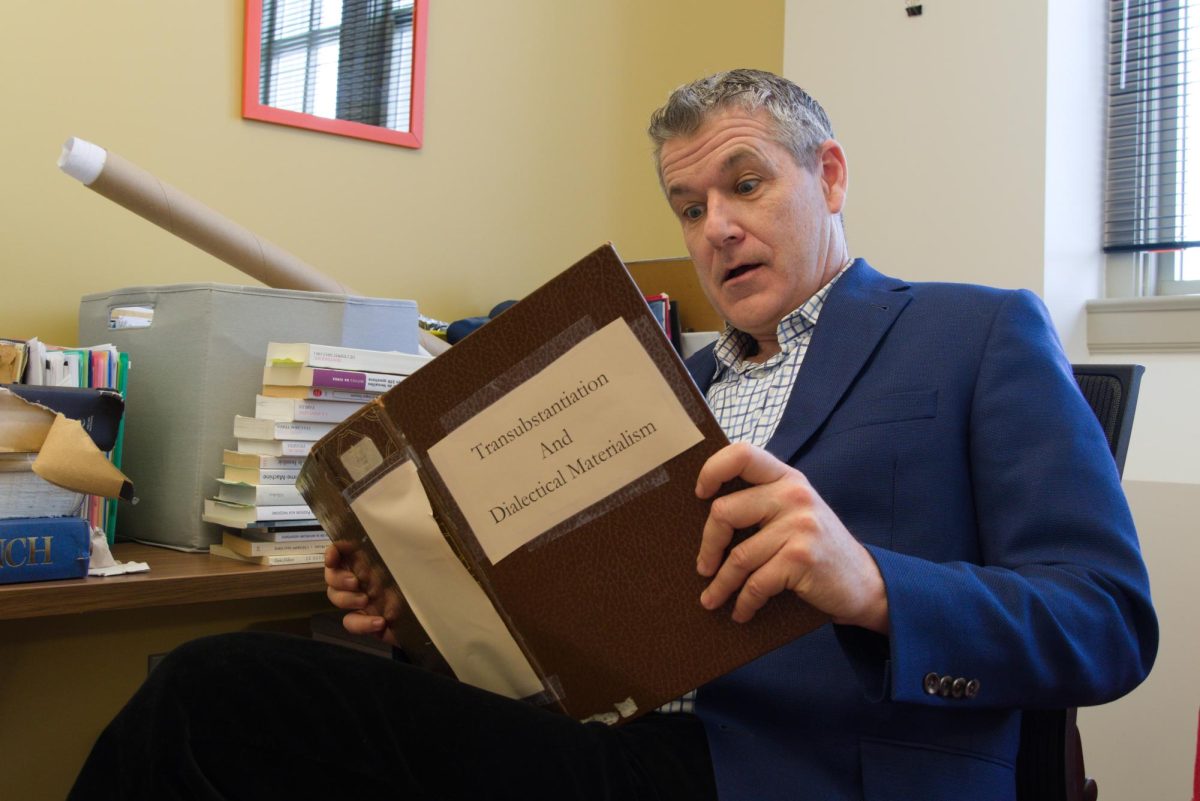
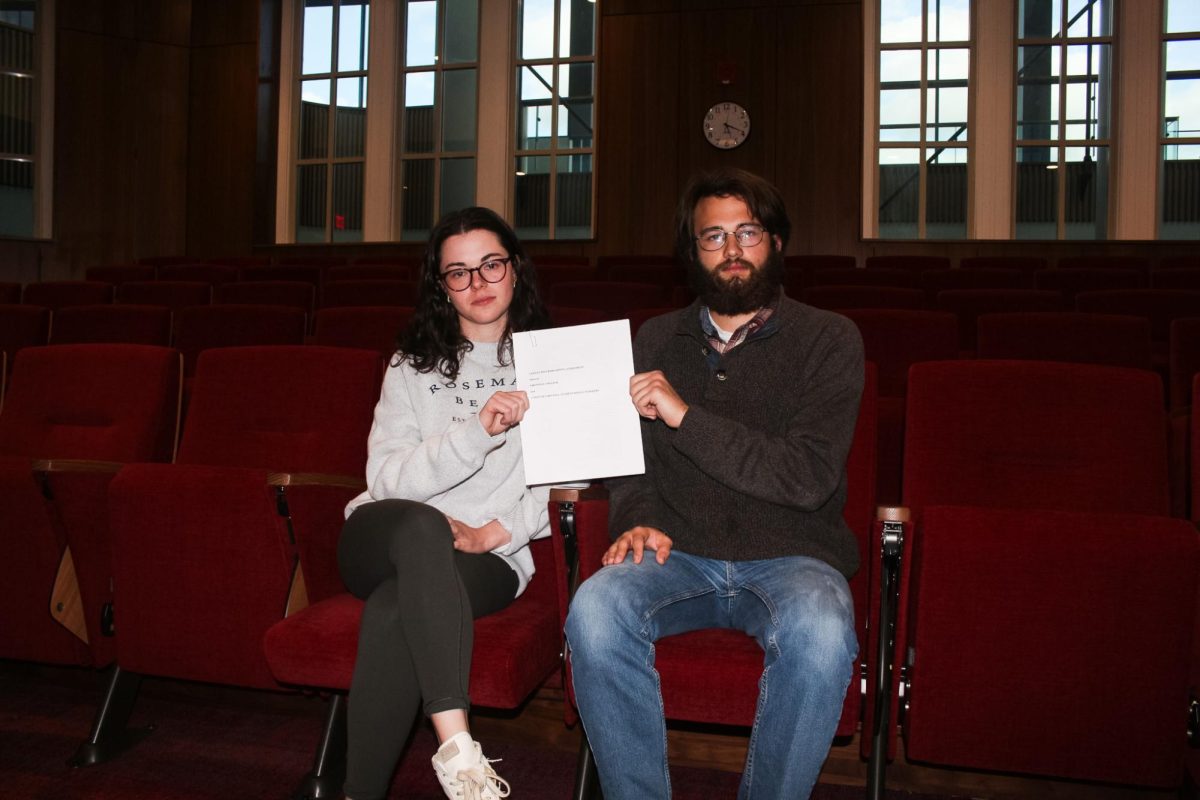

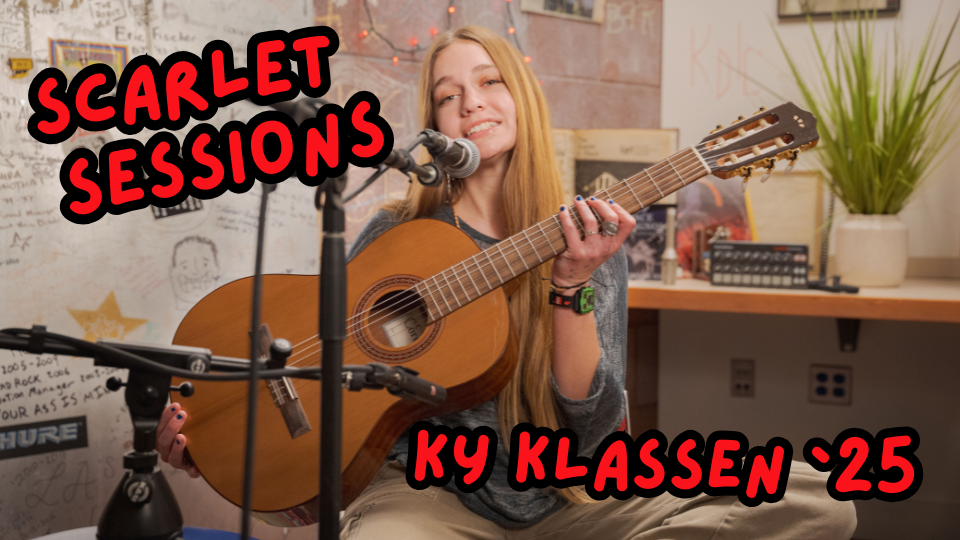
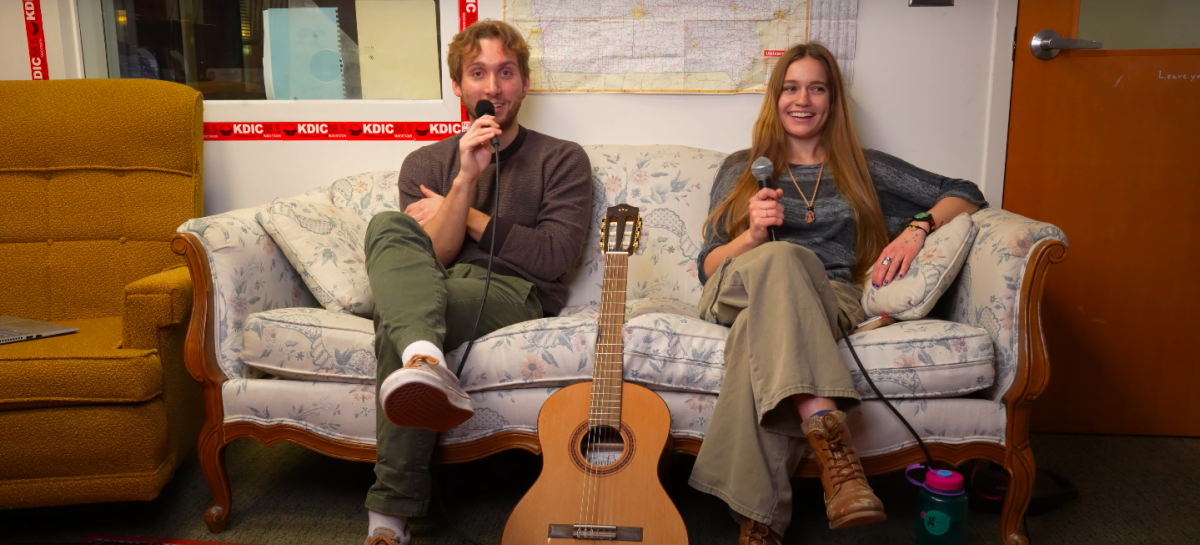




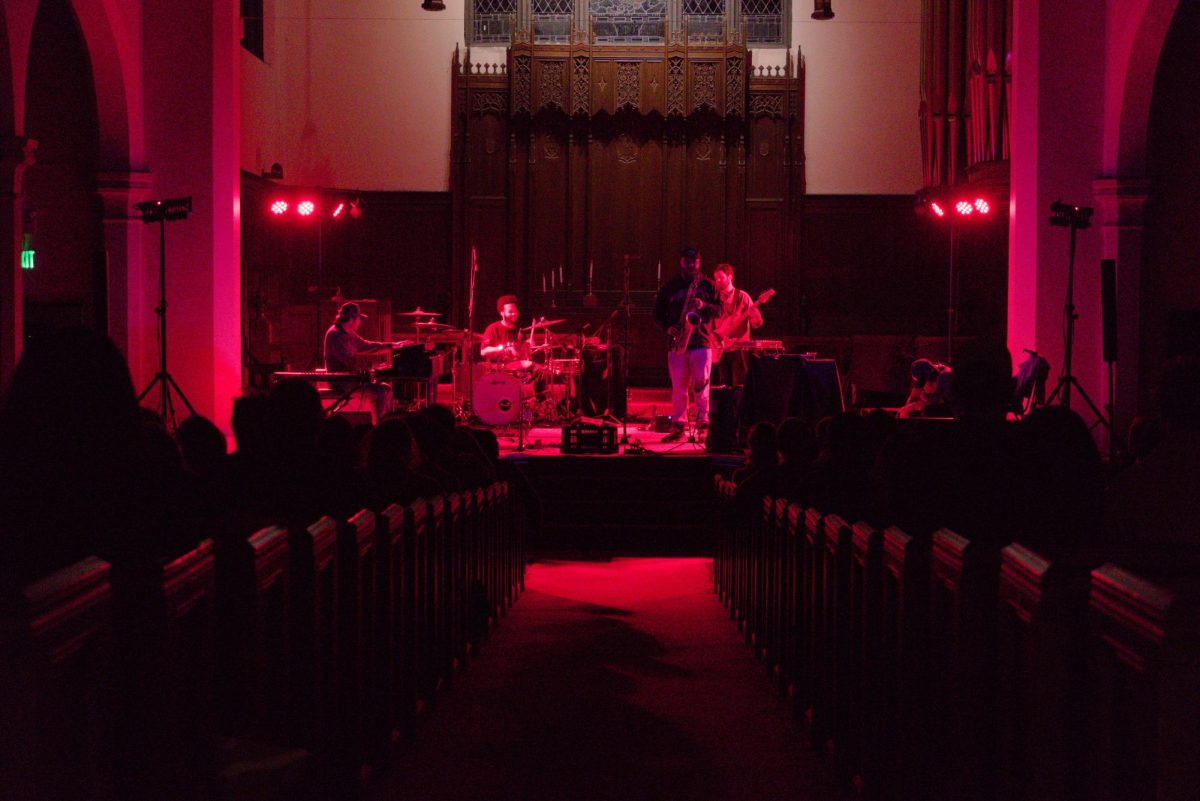






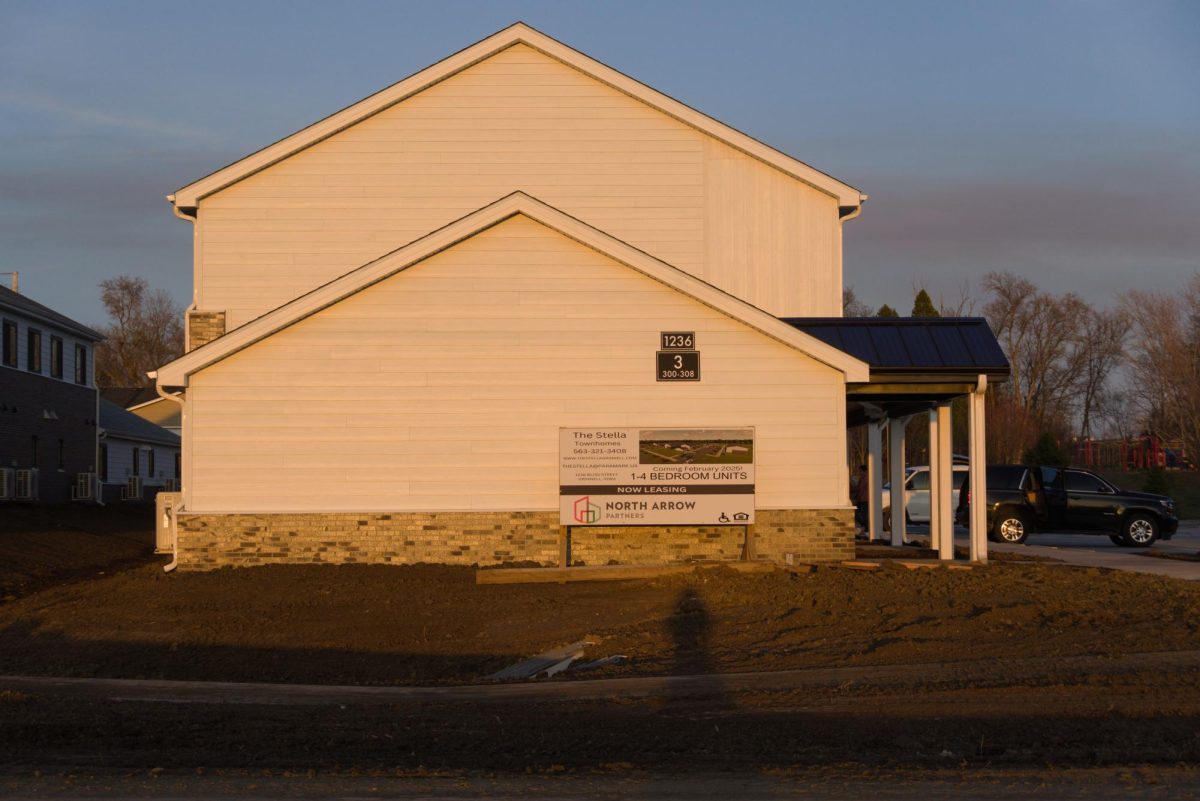
Danielle N. Lussier • Feb 9, 2018 at 7:21 pm
Three points of correction from one of the “local residents” referenced in the above article:
1) at least two local residents aligned in the Glasson group;
2) the county convention is being held in Malcom, not Grinnell;
3) while the average age of the party members that stayed past delegate nominations may have been above the average age of the student population, this “older” group included a number of active students in the Democratic Party and members of the leadership of the local party organization, including the 10 Ward 1 delegates selected from the “undecided” preference group to attend the Poweshiek County Convention.